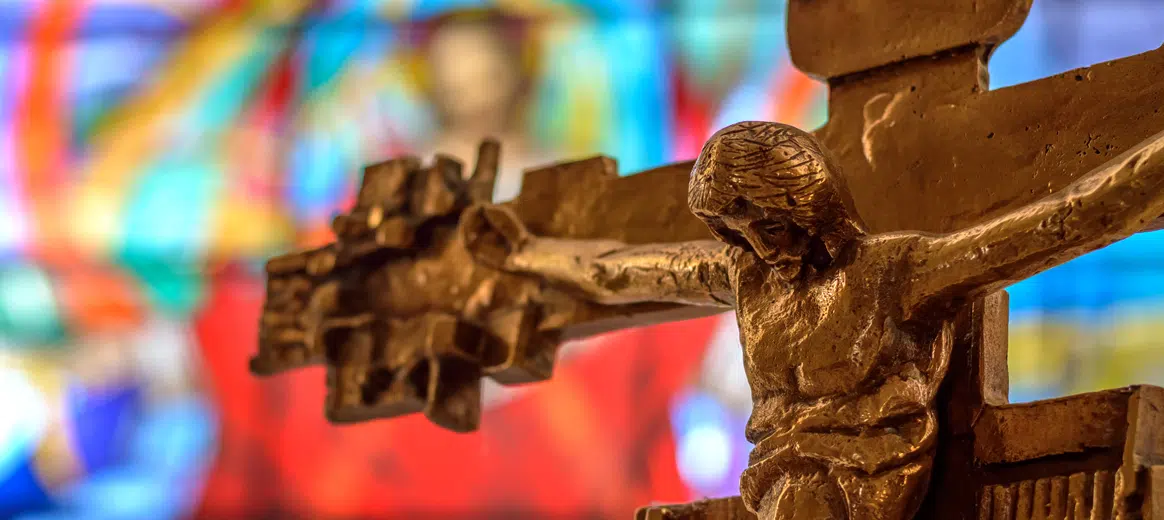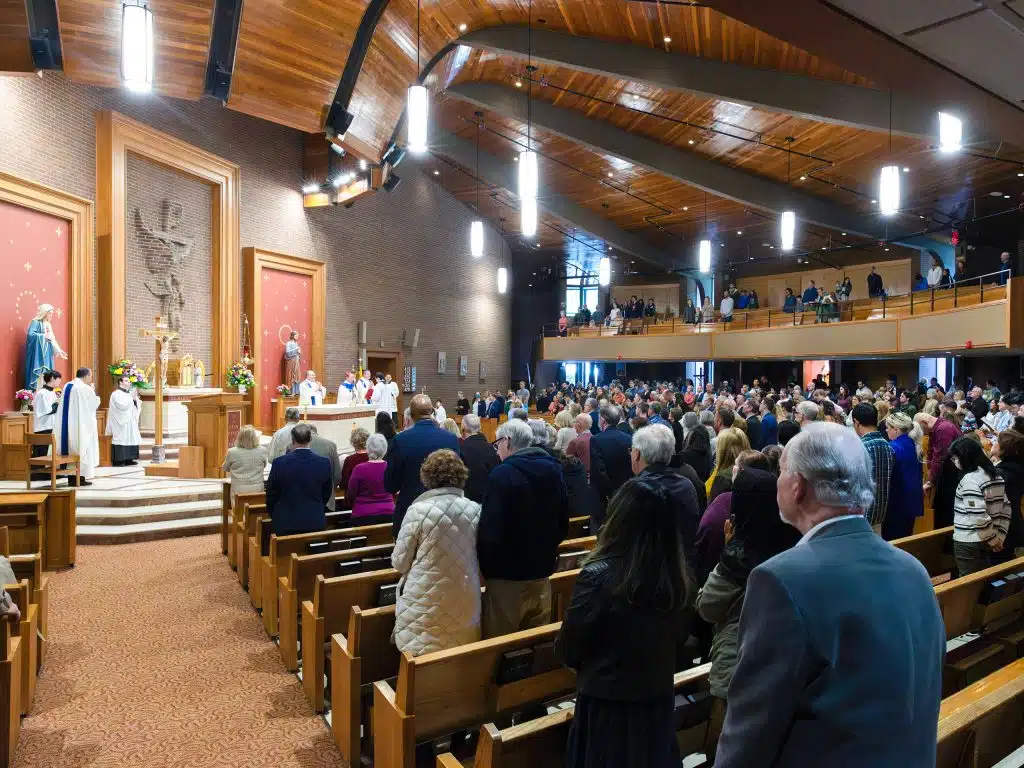St. Dismas
March 25
All four Gospels tell us that Christ was crucified between two thieves. In St. Luke’s Gospel, we get a more complete story. As the three hung dying on their crosses “the bad thief” mocks Jesus saying, “Are you not the Christ? Save yourself and us!” At which point “the “good thief” speaks up. “Do you not fear God?” he asks his companion. “We are receiving the due reward for our deeds; but this man has done nothing wrong.” Then addressing Christ he says, “Jesus, remember me when you come into your kingly power.” “Truly I say to you,” Jesus replies, “today you will be with Me in Paradise.”
This brief, vivid scene has made the good thief one of the most memorable characters in the New Testament. Unfortunately, we don’t know anything else about the man. In the early centuries of the Church, Christians felt the same curiosity about the good thief that we do. And so legend filled in what we would call “the back story.”
By the year 400 Christians were venerating the man who repented at the last moment and received a place in Paradise as his reward. By the year 600, tradition had given both thieves a name: the bad thief was Gestas, the good thief was Dismas. About this time a collection of sacred fables called The Arabic Gospel of the Infancy of the Savior tells how the Holy Family, as they fled into Egypt to escape King Herod, discovered that they would have to pass through country infested with robbers. Mary and Joseph decided to travel by night, hoping they would avoid being seen. But two thieves – Dismas and Gestas – stopped them on the road. Gestas would have robbed Mary and Joseph, but something moved Dismas to stop him. “I beg you,” Dismas says, “let these people go free.”
Mary, touched by Dismas’ compassion, tells him, “The Lord God will sustain you with His right hand and will grant you remission of your sins.”
It’s a wonderful story, but no one would argue that it actually happened.
Exactly when the good thief became the patron of thieves specifically and of all criminals in general is unknown, but a variety of prison ministries operating today are dedicated to St. Dismas. There was a burst of renewed interest in St. Dismas in 1961 when United Artists released “Hoodlum Priest,” the true story of Father Charles Dismas Clark (played by Don Murray) who served as a prison chaplain and helped convicts turn their lives around.
There is another story in which St. Dismas plays a significant part. In November 1950, during the Korean War, North Koreans captured 1,200 American troops. Among the prisoners was a chaplain, Father Emil Kapuan from Pilsen, Kansas. In the prisoner-of-war camp the North Koreans kept their American prisoners on starvation rations, so Father Kapuan took to stealing food from the guards’ storeroom. Each night, before he crept out of the barracks on a pilfering expedition, Father Kapuan always invoked St. Dismas, the good thief.
Craughwell is the author of numerous books about the saints, including Saints Behaving Badly (Doubleday, 2006).



Disconnected spirituality